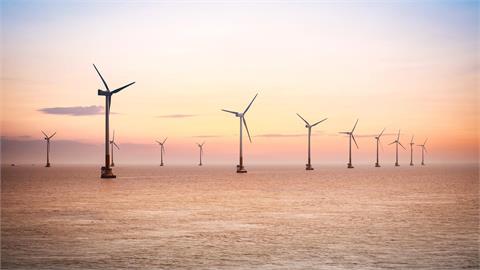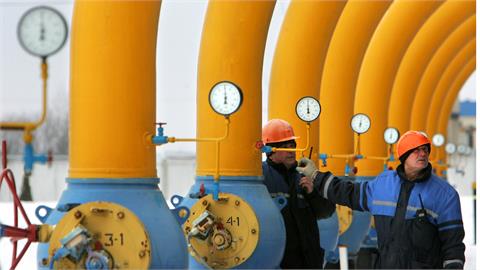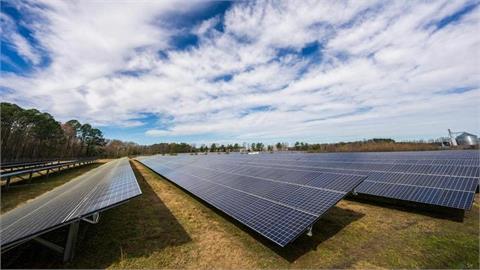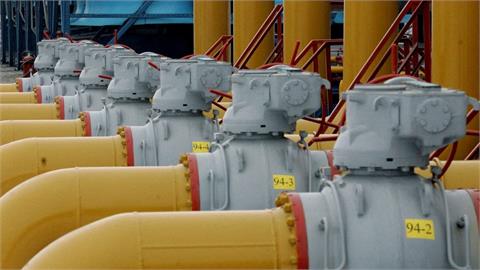A total of 18 large-scale carbon capture and storage (CCS) facilities are in operation around the world, supporting the target of reducing the global temperature rise to well below 2 degrees and reaching zero emissions by 2050.
By Zeynep Beyza Kilic
A total of 18 large-scale carbon capture and storage (CCS) facilities are in operation around the world, supporting the target of reducing the global temperature rise to well below 2 degrees and reaching zero emissions by 2050.
CCS technology allows carbon emissions from fossil fuel plants, power stations and factories to be rendered harmless by catching it before it reaches the atmosphere. This carbon is then transferred via pipeline or tanker to underground sites for storage. The U.S. is leading in the CCS field with 10 active facilities, according to Global CCS Institute's Global Status Report.
Of the 18 large-scale facilities, Canada and Norway each have two in operation with the rest located in Brazil, Saudi Arabia, the U.K. and China. These CCS facilities are capturing almost 40 million tonnes of carbon a year, while a total of over 230 million tonnes of carbon has been safely injected underground to date, according to the report.
The report from the Intergovernmental Panel on Climate Change released last year is based on scenarios in which temperatures rise above 1.5 degrees or 2 degrees. Almost all the scenarios include the use of CCS to reduce emissions to eventually reach net-zero emissions. "Emissions need to get down to net zero at some point. So if we are still producing carbon and adding to the stock already in the atmosphere, then the temperature will still go up," Andrew Grant, senior analyst at U.K.-based think tank Carbon Tracker Initiative told Anadolu Agency.
He said that based on the assumption that some industries will have difficulties in decarbonization, CCS will be needed at some point, but its use will be dependent on its cost and scale. CCS expansion will require "targeted financial support, further research and development and predictable policy signals," said Kelly Levin, senior associate at U.S.-based research organization World Resources Institute.
"It would also require programs to demonstrate secure storage areas, legal and regulatory regimes that include liability provisions and obligations and increased community awareness, among other measures," Levin added.
- 25 more CCS facilities underway
Globally, there are five large-scale CCS facilities under construction and 20 in various stages of development. China and Canada both have two facilities under construction and one in Australia, all expected to come online before 2021.
Of the 20 projects under development, China leads with six followed by the U.K. with five. The Netherlands, South Korea and Australia each have two projects at various planning stages. The other remaining projects are planned in Norway, Ireland and the U.S.
A total of 18 large-scale carbon capture and storage (CCS) facilities are in operation around the world, supporting the target of reducing the global temperature rise to well below 2 degrees and reaching zero emissions by 2050.
CCS technology allows carbon emissions from fossil fuel plants, power stations and factories to be rendered harmless by catching it before it reaches the atmosphere. This carbon is then transferred via pipeline or tanker to underground sites for storage.
The U.S. is leading in the CCS field with 10 active facilities, according to Global CCS Institute's Global Status Report. Of the 18 large-scale facilities, Canada and Norway each have two in operation with the rest located in Brazil, Saudi Arabia, the U.K. and China.
These CCS facilities are capturing almost 40 million tonnes of carbon a year, while a total of over 230 million tonnes of carbon has been safely injected underground to date, according to the report.
The report from the Intergovernmental Panel on Climate Change released last year is based on scenarios in which temperatures rise above 1.5 degrees or 2 degrees. Almost all the scenarios include the use of CCS to reduce emissions to eventually reach net-zero emissions.
"Emissions need to get down to net zero at some point. So if we are still producing carbon and adding to the stock already in the atmosphere, then the temperature will still go up," Andrew Grant, senior analyst at U.K.-based think tank Carbon Tracker Initiative told Anadolu Agency.
He said that based on the assumption that some industries will have difficulties in decarbonization, CCS will be needed at some point, but its use will be dependent on its cost and scale.
CCS expansion will require "targeted financial support, further research and development and predictable policy signals," said Kelly Levin, senior associate at U.S.-based research organization World Resources Institute.
"It would also require programs to demonstrate secure storage areas, legal and regulatory regimes that include liability provisions and obligations and increased community awareness, among other measures," Levin added.
- 25 more CCS facilities underway
Globally, there are five large-scale CCS facilities under construction and 20 in various stages of development. China and Canada both have two facilities under construction and one in Australia, all expected to come online before 2021.
Of the 20 projects under development, China leads with six followed by the U.K. with five. The Netherlands, South Korea and Australia each have two projects at various planning stages. The other remaining projects are planned in Norway, Ireland and the U.S.
(Anadolu Agency)




